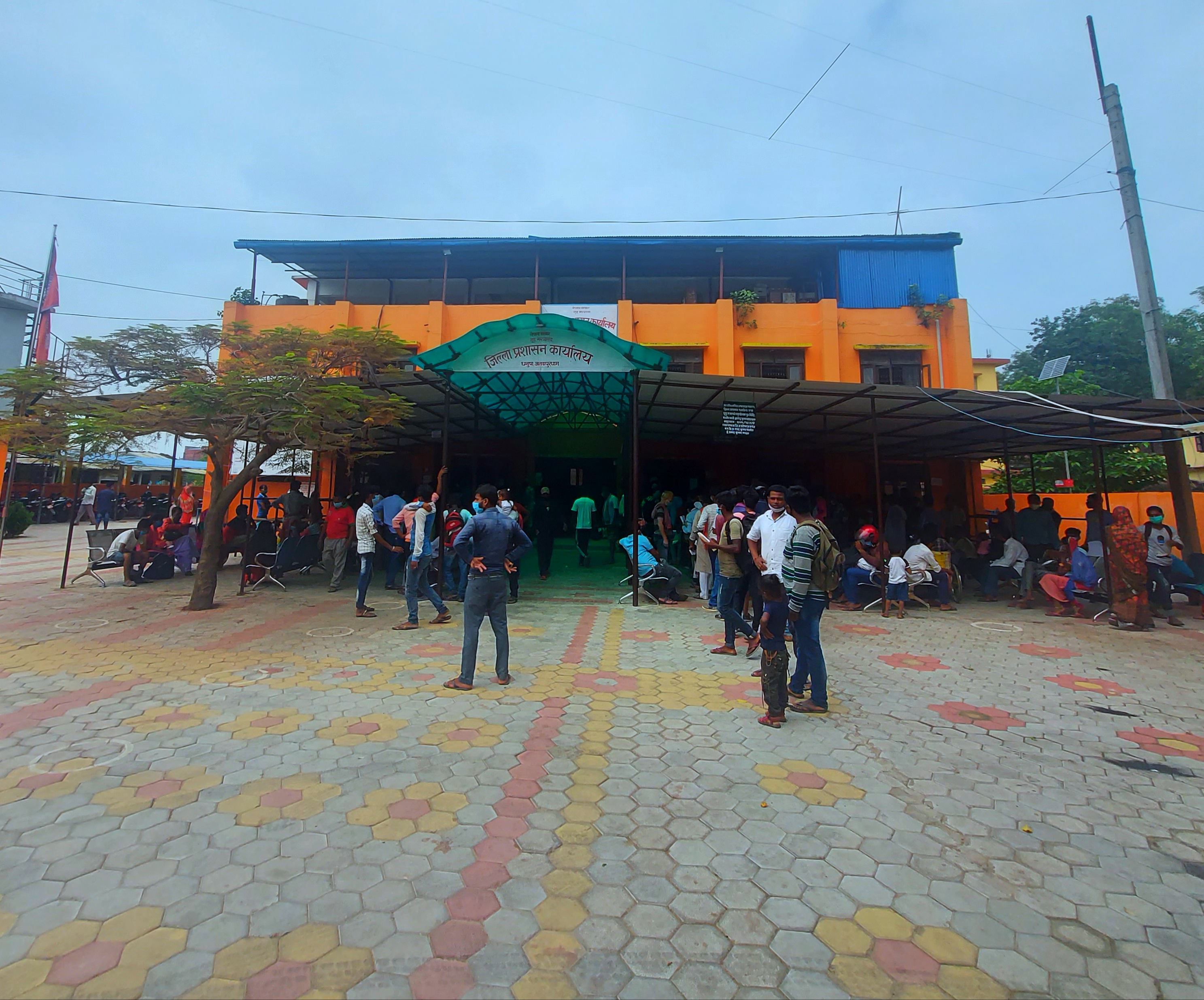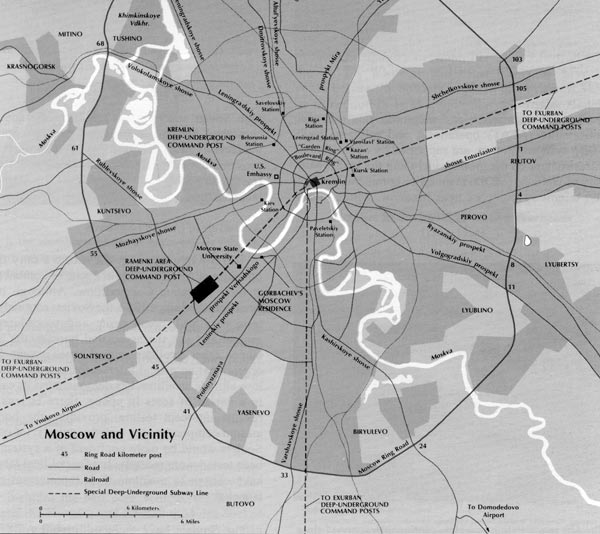|
Janatantric Terai Mukti Morcha
The Janatantrik Terai Mukti Morcha (JTMM) (Nepali: जनतान्त्रिक तराई मुक्ति मोर्चा, ''Janatāntrika Tarāī Muktī Morcā'', "Terai People's Liberation Front;" also Terai Janatantrik Mukti Morcha (TJMM)) is a political organisation in Nepal. It was formed in 2004 as a split from the Communist Party of Nepal (Maoist) (CPN-M) around Jay Krishna Goit. The group accused the CPN-M of not guaranteeing the autonomy of the Terai region. The Jwala Singh faction of the Janatantrik Terai Mukti Morcha (JTMM-J) was formed by Nagendra Kumar Paswan AKA Jwala Singh in August 2006 after he broke away from the Goit-led JTMM. Jwala Singh is a former CPN-M cadre and had joined Goit when he floated the JTMM. Later, Singh developed differences with Goit over strategies for the liberation of the Terai and establishment of an independent Terai state. The Jwala and Goit factions have a history of competition, armed conflict, and assassination of each ... [...More Info...] [...Related Items...] OR: [Wikipedia] [Google] [Baidu] |
Madhesh
Madhesh Province ( Nepali language, Nepali/ mai, मधेश प्रदेश) is a Provinces of Nepal, province of Nepal that was formed after the adoption of the Constitution of Nepal. It is Nepal's most populous province, and smallest province by area. It borders Province No. 1 to the east, Bagmati Province to the north, and India’s Bihar state to the south. It has an area of -about 6.5% of the country's total area. It has a population of 6,126,288 as per the 2021 Nepal census, making it the most populated province of Nepal. The Kosi River, Koshi River and Koshi Tappu Wildlife Reserve acts as provincial demarcation border between Madhesh Province and Province No.1 in the east. And the demarcation line between Chitwan National Park and Parsa National Park (previously Wildlife Reserve) acts as provincial demarcation border between Madhesh Province and Bagmati Province in the west. The province includes eight districts from Saptari District in the east to Parsa District in ... [...More Info...] [...Related Items...] OR: [Wikipedia] [Google] [Baidu] |
Dhanusa District
Dhanusha District, (; ), a part of Madhesh Province, is one of the seventy-seven districts of Nepal. It is situated in the Outer Terai. The district, with Janakpurdham as its district headquarter, covers an area of and has a population (2021) of 8,38,084. During the elections in April 2008, the district was divided into seven constituencies. It is also the home district of the first president of Nepal, Dr. Ram Baran Yadav, who contested and won the elections from constituency 5. As a political center of the region, it has prominent leaders like Bimalendra Nidhi (Former Deputy Prime Minister of Nepal), Anand Prasad Dhungana, Mahendra Yadav and Ram Krishna Yadav from the Nepali Congress, Anand Yadav (Gangaram Yadav ) from the CPN-UML, Matrika Yadav from the CPN-Maoist and Ram Chandra Jha from CPN (Unified Socialist) who have been ministers at various point of time and are still active. The most common language spoken in Dhanusha is Maithili. Dhanusha district has an air ... [...More Info...] [...Related Items...] OR: [Wikipedia] [Google] [Baidu] |
Sunsari District
, nickname = , native_name_lang = , image_skyline = , image_size = , image_alt = , image_caption = Night view of Dharan, Itahari & Tarahara :: Barahakshetra Temple: BPKIHS, Dharan : Dharan Clock Tower , image_map = Sunsari district locator.png , map_caption = Location of Sunsari District in Province , mapsize = 300 , image_map1 = Sunsari District with local level body.png , map_caption1 = Sunsari District with local level body , mapsize1 = 300 , coordinates = , coordinates_footnotes = , subdivision_type = Country , subdivision_name = , subdivision_type1 = Province , subdivision_name1 = Province No. 1 , parts_type = Municipality , parts_style = coll , p1 = , p2 = , established_title = Established , established_date = 1962 , seat_type = Admin HQ , seat = Inaruwa , leader_title = Chief District Officer , leader_name = Prem Bahadur Karki , leader_party = , leader_title1 = Deputy-Head , leader_name1 = Pooja Karki , leader_title2 = House o ... [...More Info...] [...Related Items...] OR: [Wikipedia] [Google] [Baidu] |
Siraha District
Siraha District ( ne, सिराहा जिल्ला; ), a district in Madhesh Province, is one of the seventy-seven districts of Nepal. It is situated in the Terai belt of Nepal. The district, with Siraha as its district headquarters, covers an area of . It has population of 637,328 according to census of 2011.The District is bordered with Saptari district in the east, Udayapur districting the north, Bihar state of India in the south and Dhanusa district in the west. Majority of the population here is Yadav, Tharus, Sahs(sahukar), Muslims and ethnic minorities with majority population speaking Maithili language and Nepali language. Lahan is so far one of the most developed towns of Siraha and is popular for Sagarmatha Chaudhary Eye Hospital. It lies in Mahendra highway. Thadi ( ne, ठाड़ी) or Thadi Viswaspatti is the main entry point for the district form India and a very old border town and a market place of Nepal in Siraha District bordering Indian town o ... [...More Info...] [...Related Items...] OR: [Wikipedia] [Google] [Baidu] |
India
India, officially the Republic of India (Hindi: ), is a country in South Asia. It is the seventh-largest country by area, the second-most populous country, and the most populous democracy in the world. Bounded by the Indian Ocean on the south, the Arabian Sea on the southwest, and the Bay of Bengal on the southeast, it shares land borders with Pakistan to the west; China, Nepal, and Bhutan to the north; and Bangladesh and Myanmar to the east. In the Indian Ocean, India is in the vicinity of Sri Lanka and the Maldives; its Andaman and Nicobar Islands share a maritime border with Thailand, Myanmar, and Indonesia. Modern humans arrived on the Indian subcontinent from Africa no later than 55,000 years ago., "Y-Chromosome and Mt-DNA data support the colonization of South Asia by modern humans originating in Africa. ... Coalescence dates for most non-European populations average to between 73–55 ka.", "Modern human beings—''Homo sapiens''—originated in Africa. Then, int ... [...More Info...] [...Related Items...] OR: [Wikipedia] [Google] [Baidu] |
Government Of Nepal
The Government of Nepal ( ne, नेपाल सरकार) is the federal executive authority of Nepal. Prior to the abolition of the Nepali monarchy in 2006 (became republic in 2008), it was officially known as His Majesty's Government. The head of state is the president and the prime minister holds the position of the head of executive. The role of president is largely ceremonial as the functioning of the government is managed entirely by the prime minister, who is appointed by the Parliament. The heads of constitutional bodies are appointed by the president on the recommendation of Constitutional Council, with the exception of the attorney general, who is appointed by the president on the recommendation of the prime minister. History Old Bharadari governmentship The character of government in Kingdom of Nepal was driven from consultative state organ of the previous Gorkha hill principality, known as Bharadar. These Bharadars were drawn from high caste and politically i ... [...More Info...] [...Related Items...] OR: [Wikipedia] [Google] [Baidu] |
Continuity Of Government
Continuity of government (COG) is the principle of establishing defined procedures that allow a government to continue its essential operations in case of a catastrophic event such as nuclear war. COG was developed by the British government before and during World War II to counter threats, such as that of the ''Luftwaffe'' bombing during the Battle of Britain. The need for continuity of government plans gained new urgency with nuclear proliferation. During and after the Cold War countries developed such plans to avoid (or minimize) confusion and disorder due to a power vacuum in the aftermath of a nuclear attack. In the US, COG is no longer limited to nuclear emergencies; the Continuity of Operations Plan was activated following the September 11 attacks. By country Canada Canada built numerous nuclear bunkers across the country, nicknamed " Diefenbunkers" in a play on the last name of then-Prime Minister John Diefenbaker. In 2016, the Privy Council Office made an agreement ... [...More Info...] [...Related Items...] OR: [Wikipedia] [Google] [Baidu] |
Nepalese Civil War
The Nepalese Civil War was a protracted armed conflict that took place in the former Kingdom of Nepal from 1996 to 2006. It saw fighting between the Nepalese royal government and the Communist Party of Nepal (Maoist) throughout the country. The conflict began on 13 February 1996, when the Communist Party of Nepal initiated an insurgency with the stated purpose of overthrowing the Nepalese monarchy and establishing a people's republic; it ended with the signing of the Comprehensive Peace Accord on 21 November 2006. The insurgency was characterized by numerous war crimes and crimes against humanity, including summary executions, massacres, purges, kidnappings, and mass rapes. It resulted in the deaths of over 17,000 people, including civilians, insurgents, and army and police personnel; and the internal displacement of hundreds of thousands of people, mostly throughout rural Nepal. The Truth and Reconciliation Commission has received about 63,000 complaints, as reported by ... [...More Info...] [...Related Items...] OR: [Wikipedia] [Google] [Baidu] |
OCHA
The United Nations Office for the Coordination of Humanitarian Affairs (OCHA) is a United Nations (UN) body established in December 1991 by the General Assembly to strengthen the international response to complex emergencies and natural disasters. It is the successor to the Office of the United Nations Disaster Relief Coordinator (UNDRO). The Department of Humanitarian Affairs (DHA) was established shortly thereafter by the Secretary-General, but in 1998 was merged into OCHA, which became the UN's main focal point on major disasters. OCHA's mandate was subsequently broadened to include coordinating humanitarian response, policy development and humanitarian advocacy. Its activities include organizing and monitoring humanitarian funding, advocacy, policy-making, and information exchange to facilitate rapid-response teams for emergency relief. OCHA is led by the Under-Secretary-General for Humanitarian Affairs and Emergency Relief Coordinator (USG/ERC), appointed for a five-year te ... [...More Info...] [...Related Items...] OR: [Wikipedia] [Google] [Baidu] |
Pahari People (Nepal)
The Pahari people, (Devanagari: पहाड़ी; ; ''Pahāṛ a''lso called Pahadi and Parbati, are an indigenous group of the Himalayas. In Nepal, the Paharis constituted one of the largest indigenous ethnic group at about 8,000,000, or one-third of the Nepalese population through the 1990s. Most Indo-Aryan Paharis, however, identify as members of constituent subgroups and castes within the larger Pahari community such as Brahmin (Bahun in Nepal), Kshatriya (Chhetri in Nepal) and Dalits. The name Pahari derives from ''pahar'' (''पहाड़''), meaning "hill", and corresponds to the Himalayan Hill Region which the Paharis inhabit. Nepali interpretation generally includes Pahari as constituting the dominant Khas people, Khas, indicating a contrast to that of these Indo-Aryan ethnicities with that of the Tibetan or Janjati origins like Magar people, Magar, Tamang people, Tamang, Gurung people, Gurung, Kirati people, Kirat, among others. Pahari may also contrast geography a ... [...More Info...] [...Related Items...] OR: [Wikipedia] [Google] [Baidu] |
Kidnapping
In criminal law, kidnapping is the unlawful confinement of a person against their will, often including transportation/asportation. The asportation and abduction element is typically but not necessarily conducted by means of force or fear: the perpetrator may use a weapon to force the victim into a vehicle, but it is still kidnapping if the victim is enticed to enter the vehicle willingly (e.g. in the belief that it is a taxicab). Kidnapping may be done to demand for ransom in exchange for releasing the victim, or for other illegal purposes. Kidnapping can be accompanied by bodily injury which elevates the crime to aggravated kidnapping. Kidnapping of a child is known as child abduction, which is a separate legal category. Motivations Kidnapping of children is usually done by one parent or others. The kidnapping of adults is often for ransom or to force someone to withdraw money from an Automated teller machine, ATM, but may also be for sexual assault. Children have also been ... [...More Info...] [...Related Items...] OR: [Wikipedia] [Google] [Baidu] |





